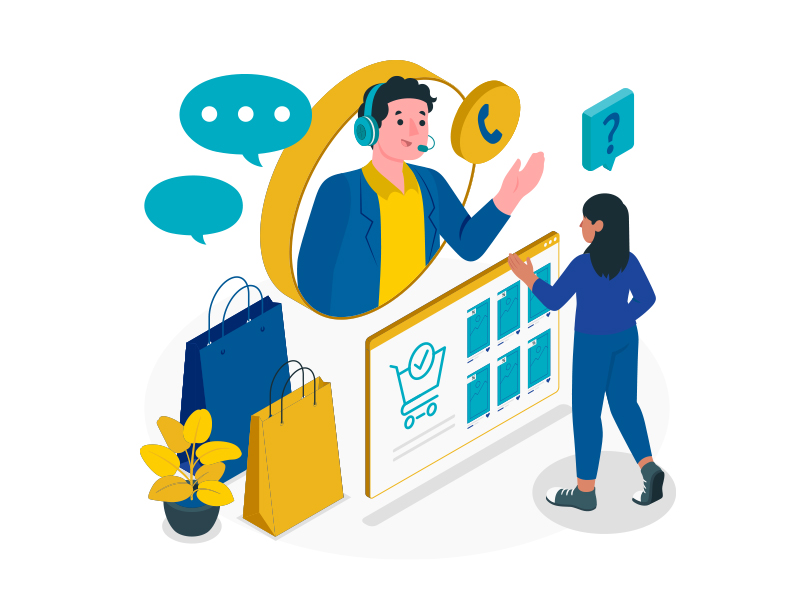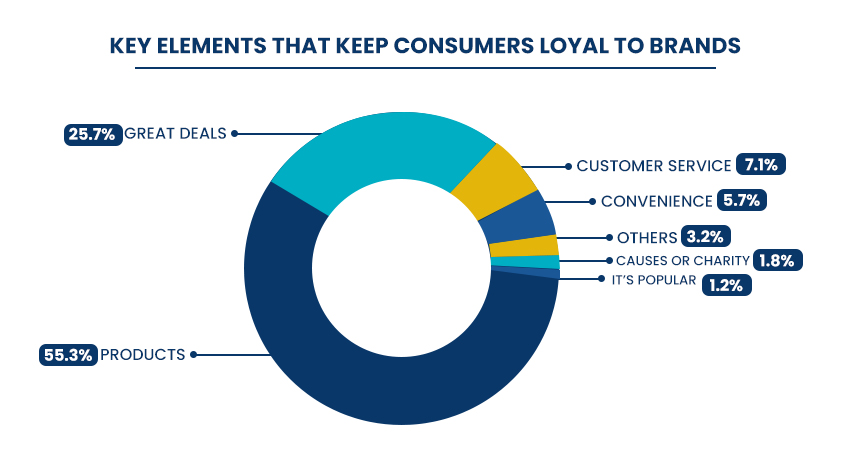
Post-Purchase Plays: Where Retention Is Really Won
For most direct-to-consumer firms, the act of payment is seen as the culmination of the sale rather than the beginning of the relationship. In reality, it’s the starting gun for the part of the journey that truly compounds value: everything that happens after the purchase. Retention is where margins live, where LTV outpaces CAC, and where brands turn into habits.
If you open your inbox right now, you’ll notice what most of us see every day: an influx of “limited-time discounts,” “exclusive offers,” and “last chance deals” competing for your attention. Instead of feeling distinctive, the majority of these messages blend and end up indistinguishable. In fact, many of us have subconsciously skipped, swiped, or unsubscribed because the communication feels more about the brand’s urgency than the customer’s need.
Most emails feel routine, don’t they? Yet every now and then, a few stand out and draw your attention because they feel almost personal, as if they were written with you in mind. Like the one that tells you exactly when your order will arrive, saving you the constant wondering. Or the one that offers a simple tip on how to make the most of your new device, making the purchase feel instantly more rewarding. And then there is the thoughtful note that appears a week later, asking if your skincare is actually working for you. At first glance, these gestures may seem modest, but their impact is anything but. In those moments, it becomes clear that the brand is not merely sending updates; it is noticing you, caring about your experience, and ensuring that what you bought truly feels worthwhile.
This is why the real game of customer retention is not played at the checkout page. It is played in the moments that come after. Loyalty is not a result of one successful transaction; it is the outcome of a series of thoughtful touches that build trust and consistency over time. Let’s explore how concentrating on the moments following a purchase can convert one-time purchasers into loyal customers.
Why Post-Purchase Matters: The Real Retention Sweet Spot
Everyone has experienced the excitement of making a purchase only to be met with silence or a generic “thank you” note. That is a lost chance. According to a survey, 40% of consumers say the post-sale experience is the most memorable part of the brand experience.
Beyond emotion, the statistics make it clear how powerful the impact is:
- Repeat buyers spend 69% more than new customers.
- Email conversion rates from repeat buyers are 138% higher than those from first-time buyers.
The Numbers Behind Retention Power
Let’s zoom out and see how different industries are performing in terms of retention and how significant this is for growth.
| Insight | Data & Source |
| Average retention across industries | ~75% |
| Media & professional services retention | 84% |
| Retail retention | ~63% |
| Hospitality/travel retention | ~55% |
Across the board, existing customers spend about 67% more than the new ones, and 65% of revenue often comes from repeat customers. Even a modest 5% increase in retention rate can lift profits by 25% to 95%. That’s not just a statistic, that’s strategic gold.

Post-Purchase: Where Trust Starts to Grow
Brands either gain or lose trust depending on what happens after the purchase. Delivering updates and support is more important at this point than making sales. Let’s examine a few simple yet powerful ways brands can establish trust.
- Timely, Relevant Touchpoints
Sending a ‘hope you’re loving it’ message while the item is still in transit feels awkward. But timing your messages around shipping and delivery updates, when the item has likely arrived, feels thoughtful. It shows that you care and are paying attention. - Personalized Follow-Ups
Generic emails are easy to ignore. However, when you share setup tips, accessory ideas, or usage hacks, it no longer feels like selling. It feels like helping. And the best part is that this kind of helpfulness also pays off, with product recommendations driving up to 31% of e-commerce revenue. - Clarity During Delivery
Remember the frustration of not knowing when your order will arrive? According to research, 60% of customers are more likely to select a brand that provides them with clear delivery information. Simple transparency builds trust.
- Trust in CRM vs Post-Purchase Excellence
Let’s not overlook CRM. But in the noise and clutter, the real wins often happen quietly, after the purchase.
One company, for example, achieved a 98% annual retention rate by doing the basics right: spotting warning signs early, maintaining personal communication, and ensuring a seamless handoff from salesperson to account manager. It was not flashy. It was steady, consistent, and built on relationships.
In beauty, what drives sales today is not about bragging rights; it is about belonging. Emotional connection, inclusivity, and authenticity are what matter. Brands that offer gifts with purchase, blend physical and digital experiences, or share educational perks are doing more than selling. They are nurturing trust.
But Wait, Retention Isn’t Everything
A study of $1.2 billion in e-commerce spending data across 1.7 million customers revealed that brands focusing on retaining fewer, higher-spending customers grew over three times faster than brands with widespread but lower-value retention.
So yes, retention matters, but which customers’ retention matters most? It’s not about blanket loyalty. It’s about curated, value-driven loyalty.
The real lesson? Post-purchase messages shouldn’t just say “thank you.” They should say “we get you” to the right customers.
Let’s see how this works with some relatable examples:
Example 1: The Running Shoe Fan
You just ordered lime-green sneakers. A few days after delivery, you receive a message: “Here are performance laces and care tips to make them last longer.” You smile. Instead of feeling sold to, you feel seen. That’s retention built on trust.
Example 2: The Eco Beauty Buyer
You buy a cleanser. A week later, you receive a short video tutorial and an invitation to try out a new eco-friendly lotion. No hard sell, just value and a tone that says, “We’re in this together.”
Post-Purchase Checklist: Actions That Retain Trust
Here’s a simple checklist, think of it as little nudges for brands that want to do post-purchase right:
- Keep customers in the loop. Share delivery updates and let them track progress so they know exactly when their order will arrive.
- Follow up at the right time. Wait until the product is delivered, then send setup tips, how-to guides, or suggestions for add-ons that actually help.
- Make it personal. Use your knowledge of their past purchases, usage habits, or preferences to tailor your messages.
- Offer more than discounts. Give value through early access, helpful education, or community invites that make them feel part of something bigger.
- Be quick to support. Fast, caring responses matter just as much as great marketing.
- Focus where it counts. Segment your retention efforts and allocate more resources to customers who drive the most growth for your brand.
Final Thoughts
In a world full of marketing messages, what really stands out after a purchase is communication that feels purposeful, timely, and genuine. Trust is built in the simple things: clear delivery updates, helpful tips, supportive responses, and moments of emotional connection.
Retention is not about one post-purchase message. It is the sum of many small, thoughtful, human touches. It is not about shouting your brand louder. It is about quietly saying, “We are here for you,” long after the transaction is complete.
It is time to look at CRM differently. Instead of adding to the noise, focus on creating meaningful, caring interactions. Real retention is not secured at the moment of checkout. It is earned through every thoughtful touch that follows.




